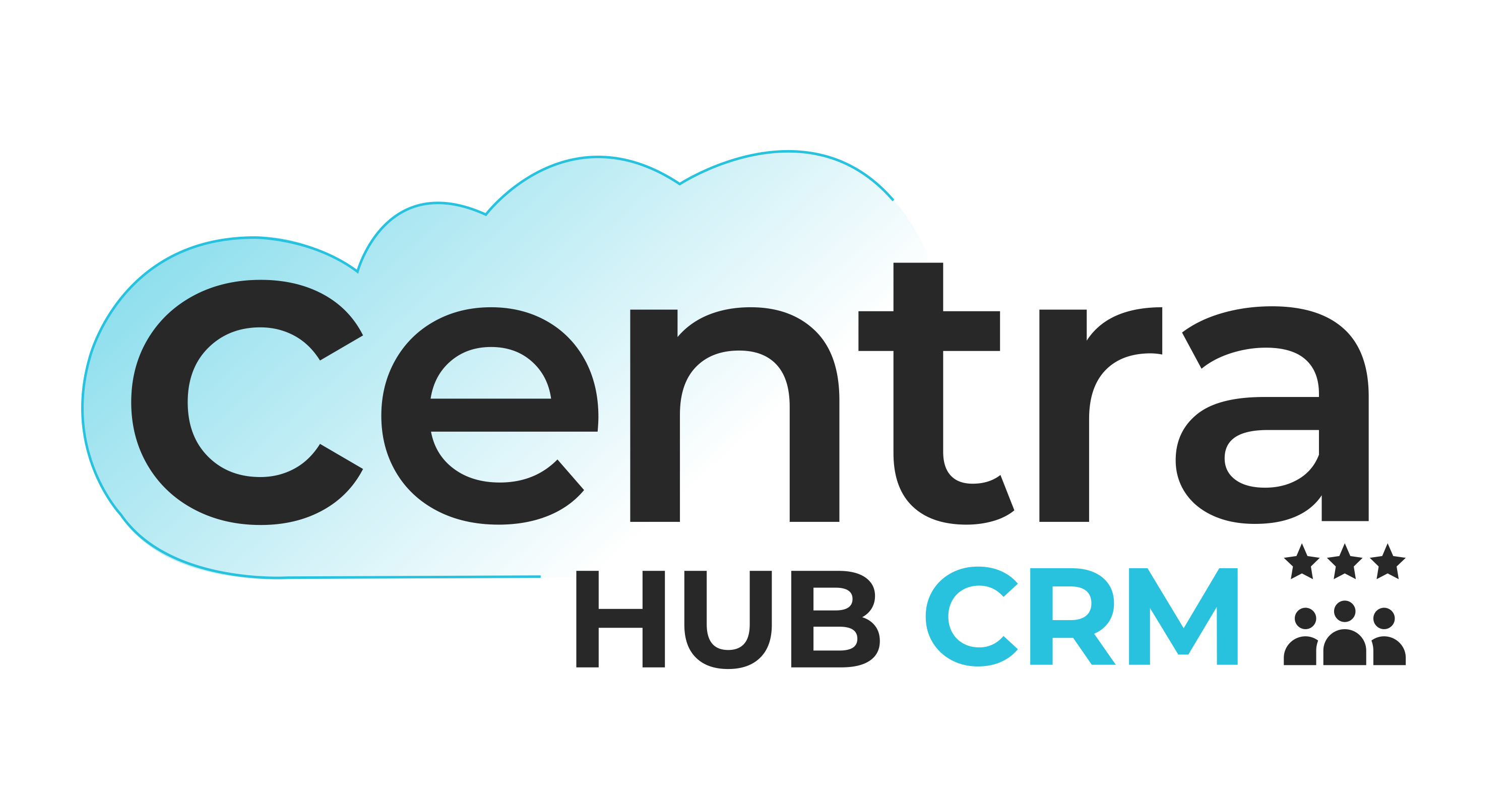Step 1: Define Objectives and Scope
The first step in the ERP implementation plan is to define clear objectives and scope. Identify the specific goals you want to achieve with the ERP system and determine the modules and functionalities that are relevant to your business needs. This step helps set expectations and ensures alignment between the ERP implementation and your business objectives.
Step 2: Assemble an implementation team
Forming a dedicated implementation team is crucial for the success of the ERP implementation. This team should include representatives from different departments or functional areas of your organization. Assign a project manager who will be responsible for overseeing the implementation process and coordinating with the vendor and stakeholders.
Step 3: Conduct a business process review
Before implementing an ERP system, it is essential to review and streamline your existing business processes. Identify inefficiencies, bottlenecks, and areas for improvement. This review will help you align your business processes with the best practices supported by the ERP system. It is also an opportunity to involve employees and gather their feedback and suggestions.
Step 4: Select the right ERP vendor
Choosing the right ERP vendor is critical to the success of your implementation. Evaluate potential vendors based on their industry experience, track record, customer reviews, and the specific functionalities offered by their ERP solution. Request demos, conduct reference checks, and thoroughly assess the vendor's implementation methodology and support services.

Step 5: Develop an implementation plan
Create a detailed implementation plan that outlines the tasks, timelines, and resource requirements for each phase of the implementation process. The plan should include milestones, deliverables, and responsibilities. It is essential to set realistic timelines and allocate sufficient resources to ensure a smooth implementation.
Step 6: Data migration and system configuration
Data migration involves transferring data from existing systems to the new ERP system. Cleanse and validate the data to ensure accuracy and integrity. Work with the ERP vendor to configure the system based on your business requirements, including setting up modules, defining workflows, and customizing reports.
Step 7: User training and change management
Provide comprehensive training to end-users to familiarize them with the new ERP system. Conduct training sessions, workshops, and hands-on exercises to ensure employees understand how to use the system effectively. Develop a change management strategy to address employee concerns, promote adoption, and ensure a smooth transition to the new system.
Step 8: System testing and quality assurance
Thoroughly test the ERP system to identify and resolve any issues or bugs. Conduct different types of testing, including functional testing, integration testing, and user acceptance testing. Engage end-users to participate in testing and gather feedback. Address any identified issues before moving forward with the final implementation.
Step 9: Go-live and post-implementation support
After completing testing and resolving any issues, it's time to go-live with the ERP system. Gradually transition from the old systems to the new ERP system, ensuring minimal disruption to business operations. Monitor the system closely during the initial period and provide post-implementation support to address any immediate concerns or questions from end-users.
Step 10: Continuous improvement and optimization
ERP implementation is an ongoing process. Continuously monitor and evaluate the system's performance, gather feedback from end-users, and identify areas for improvement. Regularly review and optimize your business processes to leverage the full potential of the ERP system. Stay updated with software updates, patches, and new functionalities provided by the ERP vendor.
Conclusion
A successful ERP implementation requires careful planning, diligent execution, and ongoing support. By following a well-defined ERP implementation plan and involving key stakeholders throughout the process, businesses can optimize their operations, enhance efficiency, and gain a competitive edge in today's dynamic business landscape.







